Ly Son Island seen from above (Photo: Nguyen Yen/VNA)
The merger of provinces and cities not only streamlines the administrative apparatus, but also opens up opportunities to restructure development space, combine resources, expand regional connectivity and enhance competitiveness for the tourism industry.
As administrative boundaries are expanded, localities have more space and resources to form a more diverse and attractive tourism ecosystem. However, to transform potential into real value, provinces and cities need to comprehensively assess existing resources, determine appropriate directions, and ensure sustainable tourism development.
Breakthrough opportunity
The merger of the three localities of Phu Tho, Vinh Phuc and Hoa Binh brings the new Phu Tho province the opportunity to make a breakthrough in socio-economic development, including tourism. With a favorable geographical location, increasingly complete infrastructure and unique cultural and natural resources, the new Phu Tho has all the conditions to form a "golden triangle of tourism" serving both domestic and international visitors.
After the merger, the province's three main tourism types: Spiritual tourism - origin, ecological tourism - resort and community culture have the conditions to connect and complement each other. Tourists can combine many destinations and activities in one journey, from pilgrimage to Hung Temple, exploring intangible heritages such as Hung King worship, Xoan singing, to experiencing nature at Xuan Son National Park, Thanh Thuy mineral spring, Hoa Binh lake and relaxing at high-end resorts such as: Flamingo Dai Lai, Serena Kim Boi, Belvedere Resort...
At the same time, the folk cultural treasure with traditional festivals, craft villages, indigenous cuisine and the life of ethnic groups with strong national identity: Muong, Dao, San Diu... is a rich resource for developing community tourism. In addition, with the advantage of being adjacent to Hanoi, Phu Tho province can easily connect via highways, national highways, and railways, suitable for developing more linked tour products, helping to extend the length of stay of tourists.
In 2025, Phu Tho tourism is expected to welcome over 950,000 overnight visitors with revenue of over VND4,500 billion. To achieve the goal, Phu Tho tourism industry has identified four key solutions to transform potential into real results: Promoting solidarity among tourism staff of the three old provinces; encouraging businesses and people to participate in building local products; strengthening inter-sectoral and inter-regional linkages to form new tours and invest in infrastructure; promoting international cooperation to promote original cultural values to the world.
After the merger of Quang Ngai and Kon Tum, Quang Ngai province has comprehensive strengths when connecting three main ecological regions: Plateau, plain and island. The intersection of indigenous culture, natural resources and the completed infrastructure system is the foundation for the locality to form an inter-regional tourism corridor.
In the new province, in the East, Ly Son - the outpost island of the Fatherland - is considered a living museum of sovereignty and culture of Hoang Sa and Truong Sa, possessing million-year-old volcanic caves and typical agricultural tourism products from garlic and onions grown on sand.
In the West, Mang Den plays the role of an eco-tourism and resort center, especially with the community accommodation model and development associated with the preservation of local ethnic minority culture. According to Secretary of the Quang Ngai Provincial Party Committee Bui Thi Quynh Van, the future of Quang Ngai is to develop green agriculture, from green potentials, combining eco-tourism and resorts with intact cultural values. Three regions - a unified entity will help Quang Ngai develop sustainable tourism, spread identity and create new momentum for the local economy.
The merger of the three provinces of Ninh Binh, Ha Nam, and Nam Dinh opens up a great opportunity for the new Ninh Binh province to develop a complete tourism ecosystem, rich in identity and competitive at both the national and regional levels. The three localities are adjacent to each other, sharing cultural values, beliefs and unique natural landscapes.
Ninh Binh is famous for Trang An Scenic Landscape Complex - World Cultural and Natural Heritage, Ha Nam has Tam Chuc Pagoda and Nam Dinh owns the relic cluster of Tran Temple, Phu Day, Keo Hanh Thien Pagoda and a coastline of over 70 km with potential for resort tourism. This area also owns Cuc Phuong National Forest, Ramsa wetland and Xuan Thuy National Park with diverse natural ecosystems, rich in potential for green tourism exploitation.
In recent times, the tourism industry of the three provinces has closely coordinated in surveying, promoting destinations, and building inter-provincial tours. According to Ms. Duong Thi Thanh, Chairwoman of Ninh Binh Tourism Association, this cooperation helps tourism businesses share customer sources, improve service quality and form linked tours such as Tam Chuc - Trang An - Phu Day. After the merger, localities can overcome the limitations of separate products, build a complete tourism service chain, invest in synchronous infrastructure and promote regional brands.
Director of Ninh Binh Department of Tourism Bui Van Manh emphasized that Ninh Binh will continue to play a central role connecting with Ha Nam and Nam Dinh to form a comprehensive, multi-faceted tourism brand, characterized by a four-season destination, associated with cultural, spiritual, forest ecology and marine ecology tourism.
Tam Coc tourist area, Hoa Lu district, Ninh Binh province (Photo: Thuy Dung/VNA)
Deputy Director of the National Tourism Administration Ha Van Sieu assessed that the merger of the three provinces is not only in line with the inevitable development trend of the country, but also opens up great potential for sustainable tourism development. The four strengths of new Ninh Binh tourism include: diverse tourism products, well-connected transport infrastructure, human resources and high consensus of the government and people.
“Boost” for tourism
The merger of provinces and cities is creating new administrative-economic-cultural structures, opening up a wider development space for the local tourism industry. When resources are connected, people are integrated and brands are established in a unified manner, tourism has the conditions to make a breakthrough in both scale and quality. However, opportunities can only truly be transformed into driving forces when localities act synchronously, have clear strategies, take the human factor as the center, indigenous resources as the foundation and regional connectivity as the driving force for growth.
According to Deputy Director of the National Tourism Administration Ha Van Sieu, the merger is an opportunity for localities to restructure, effectively exploit resources and create a "boost" for tourism. The important thing is that each locality must review its advantages, build suitable inter-regional products and promote the strengths of each sub-region.
According to Mr. Pham Duy Nghia, Director of VietFoot Travel, the merger opens up opportunities to design diverse inter-regional tours. To take advantage of the advantages, localities need to quickly stabilize their apparatus, develop their own policies for tourism in the new context, conduct potential surveys, design appropriate tours and routes, and communicate systematically on digital platforms.
Mr. Nguyen Tien Dat, Vice Chairman of the Hanoi Tourism Association, noted that travel companies need to quickly adjust tour routes, especially for international tourists who do not have a thorough understanding of Vietnam's provinces and cities; at the same time, he proposed that new provinces and cities need to comprehensively evaluate tourism resources after the merger to build new clusters of routes with intra-regional connectivity.
Vu Quoc Tri, General Secretary of the Vietnam Tourism Association, said that the merger does not change the nature of the destination because “the place name still exists on the map.” The key is that localities must do a good job of identifying, rebranding, and standardizing tourist maps and tour information so that tourists can easily look up and visualize their journey.
Not only is tourism a comprehensive economic sector, it also contributes to preserving cultural identity, promoting community integration and spreading local values. In the journey of integration and development, new provinces and cities need to clearly define their brand positioning, promote their distinct advantages, and constantly improve the quality of their products and services.
In order for tourism to become a bridge connecting culture, economy and society, local tourism industries need to develop clear strategies, unified actions, and the aspiration to elevate local brands on the national and international tourism map./.
According to Vietnam+
Source: https://www.vietnamplus.vn/hop-nhat-cac-tinh-thanh-pho-cong-huong-tai-nguyen-tao-cu-hich-cho-du-lich-post1047763.vnp
Source: https://baolongan.vn/hop-nhat-cac-tinh-thanh-pho-cong-huong-tai-nguyen-tao-cu-hich-cho-du-lich-a198108.html



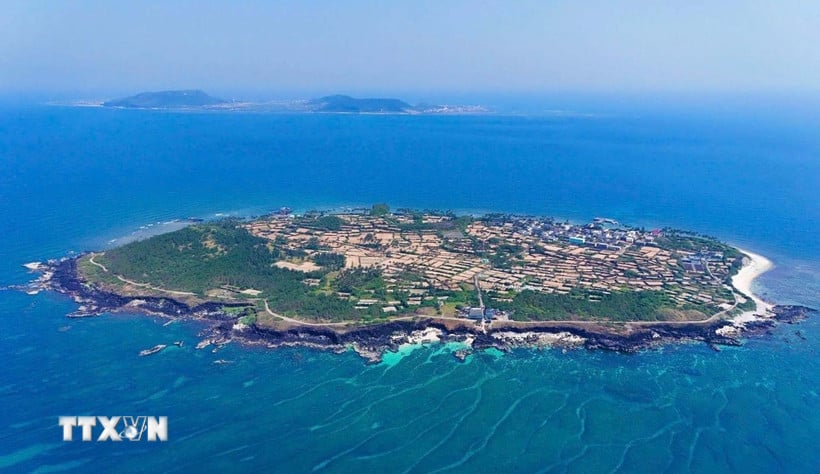
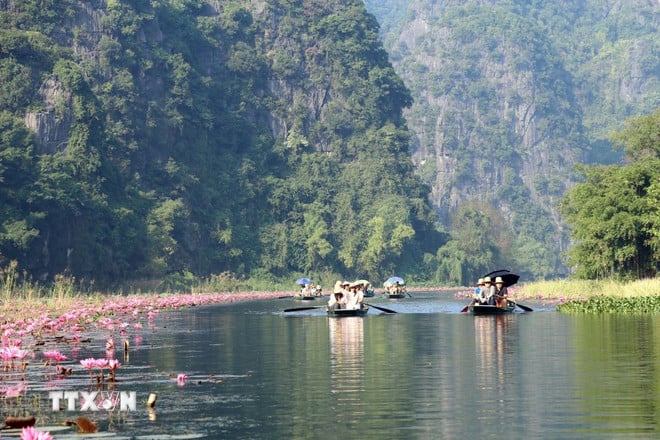
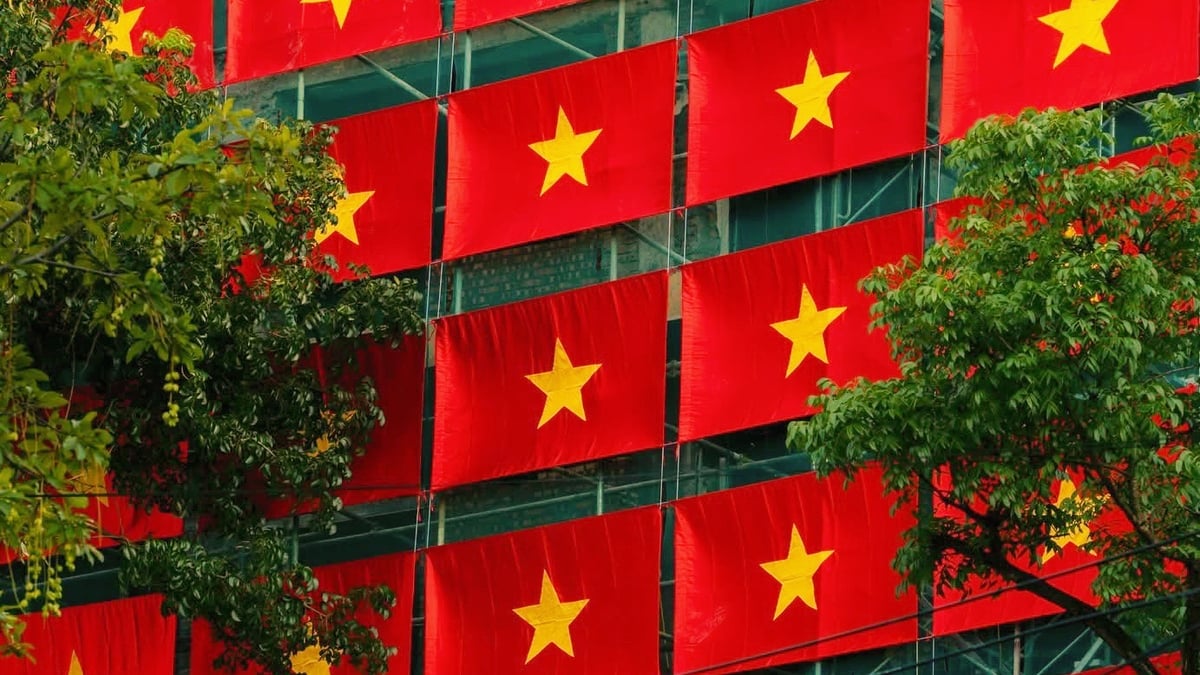
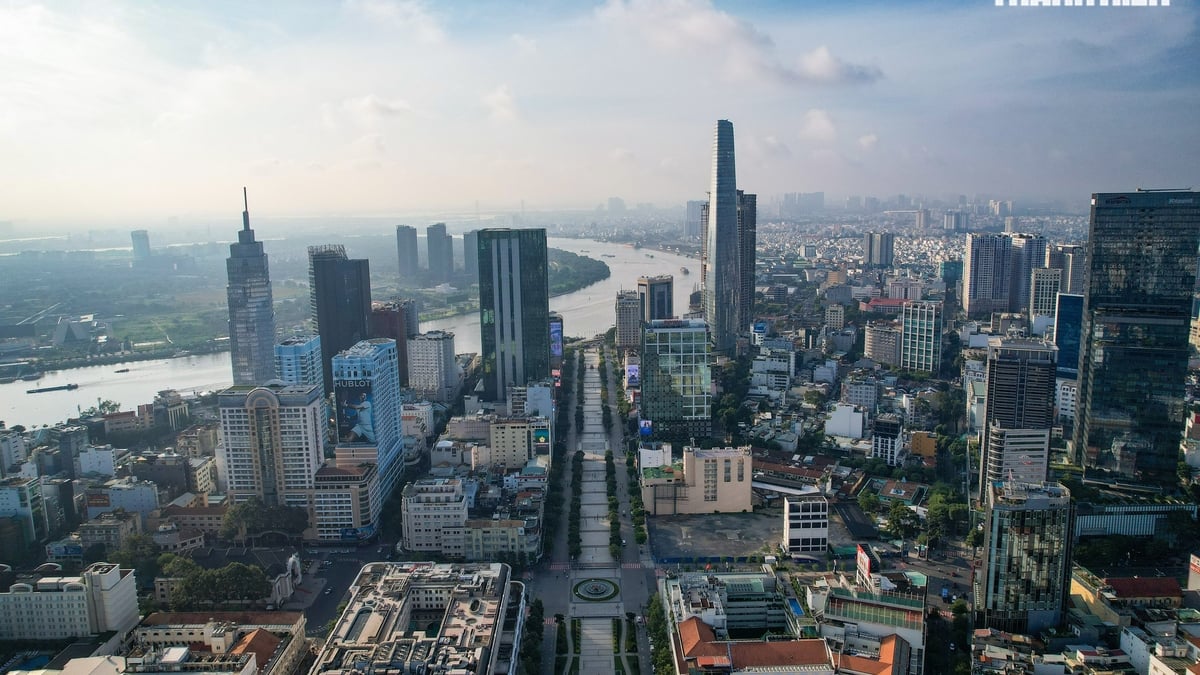
![[Photo] General Secretary To Lam attends the 80th anniversary of Vietnam's diplomacy](https://vphoto.vietnam.vn/thumb/1200x675/vietnam/resource/IMAGE/2025/8/25/3dc715efdbf74937b6fe8072bac5cb30)

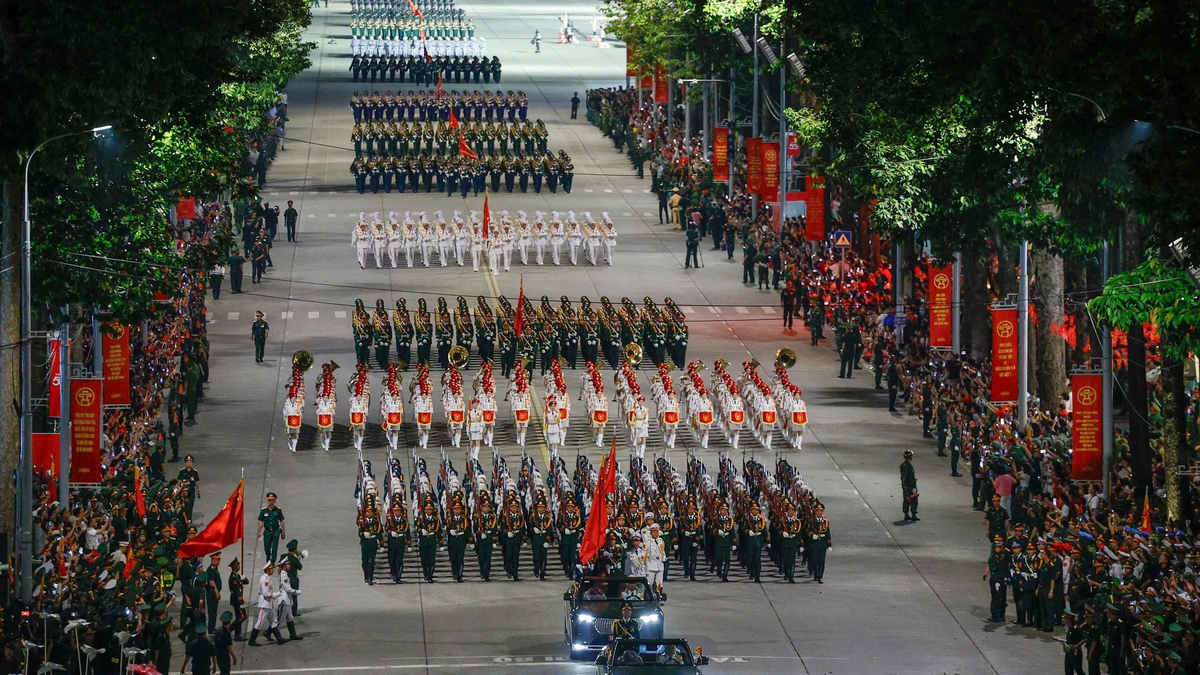

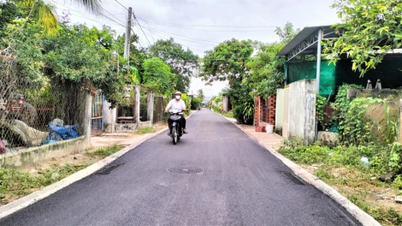

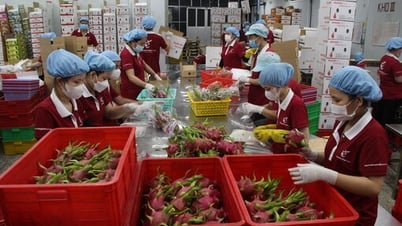

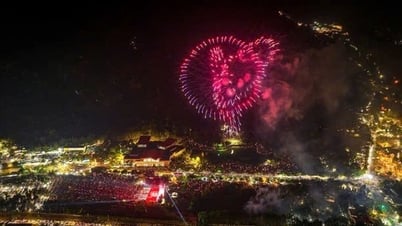





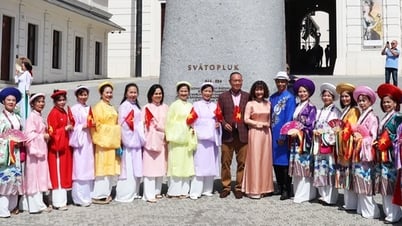

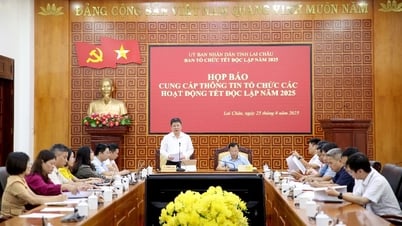



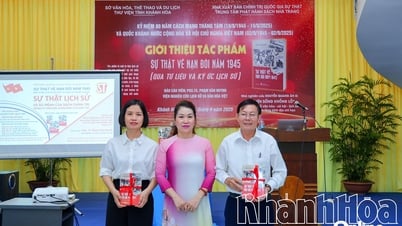

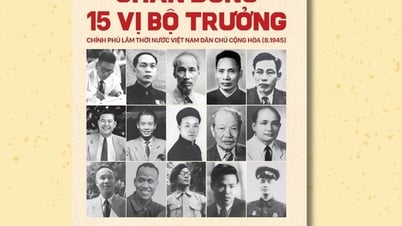



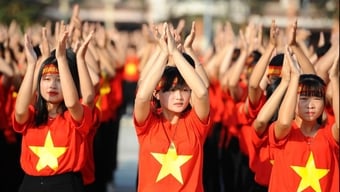


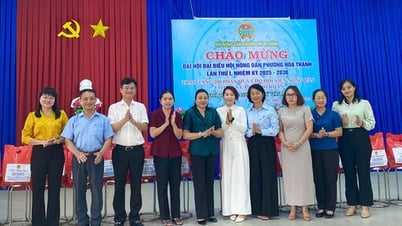
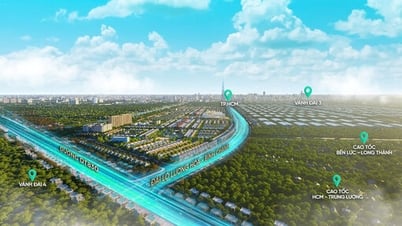
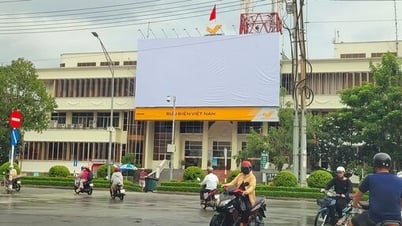






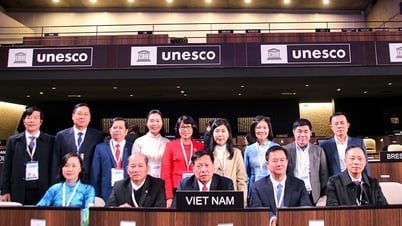

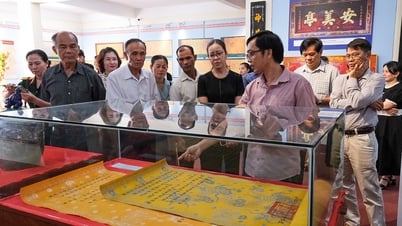

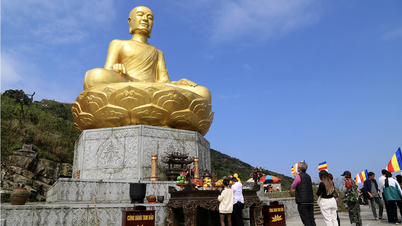

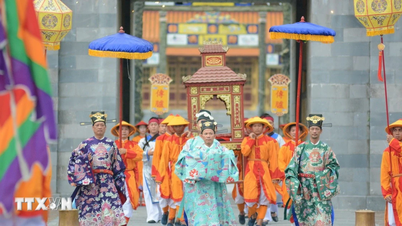

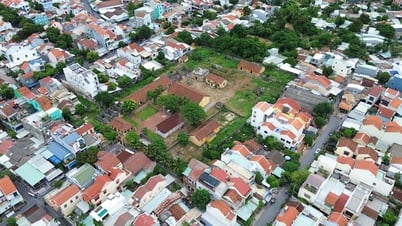







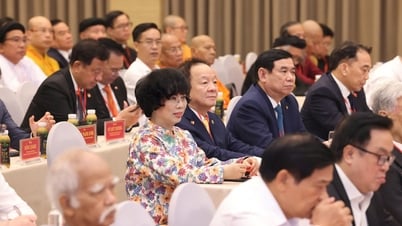



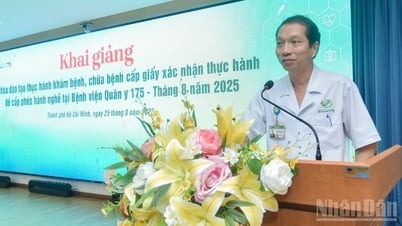

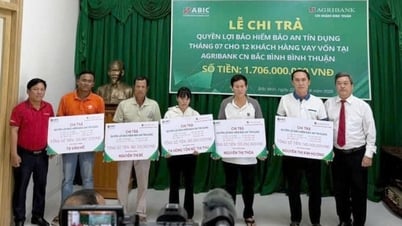

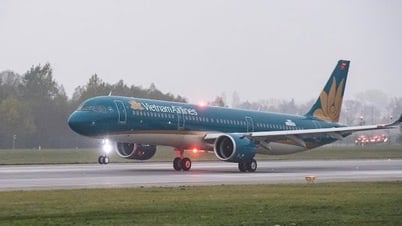

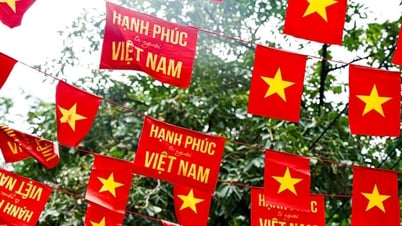





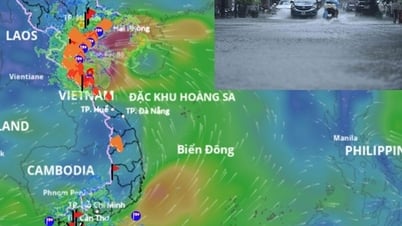




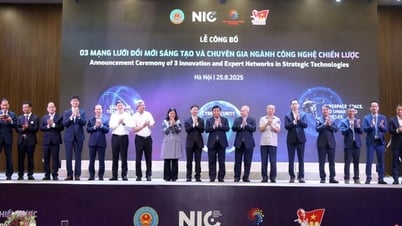


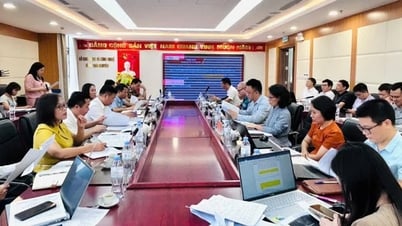


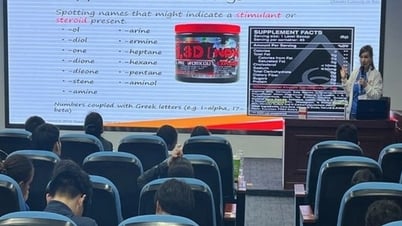
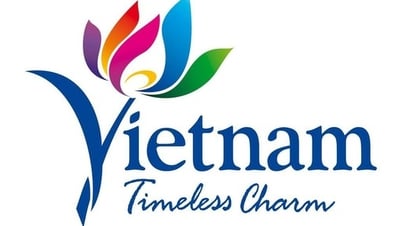
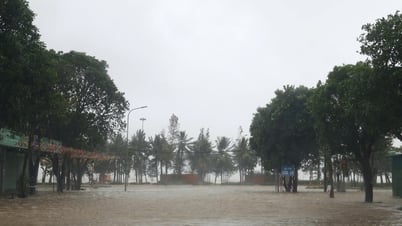

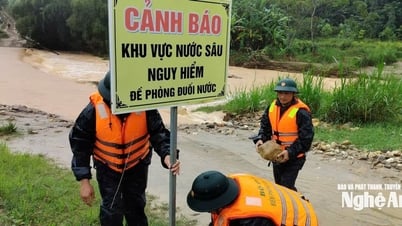
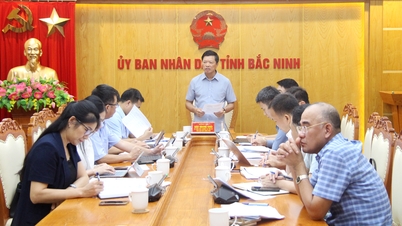
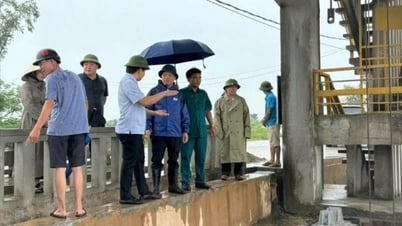
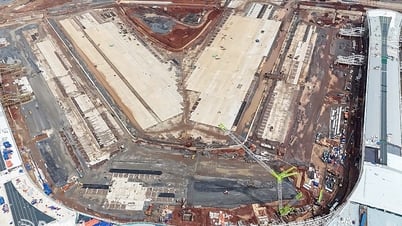




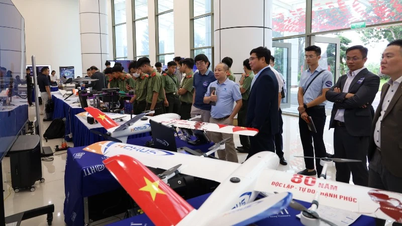

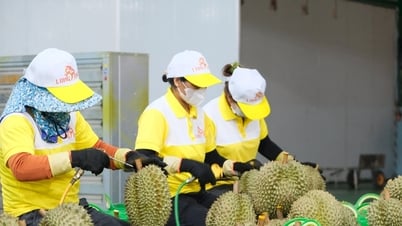



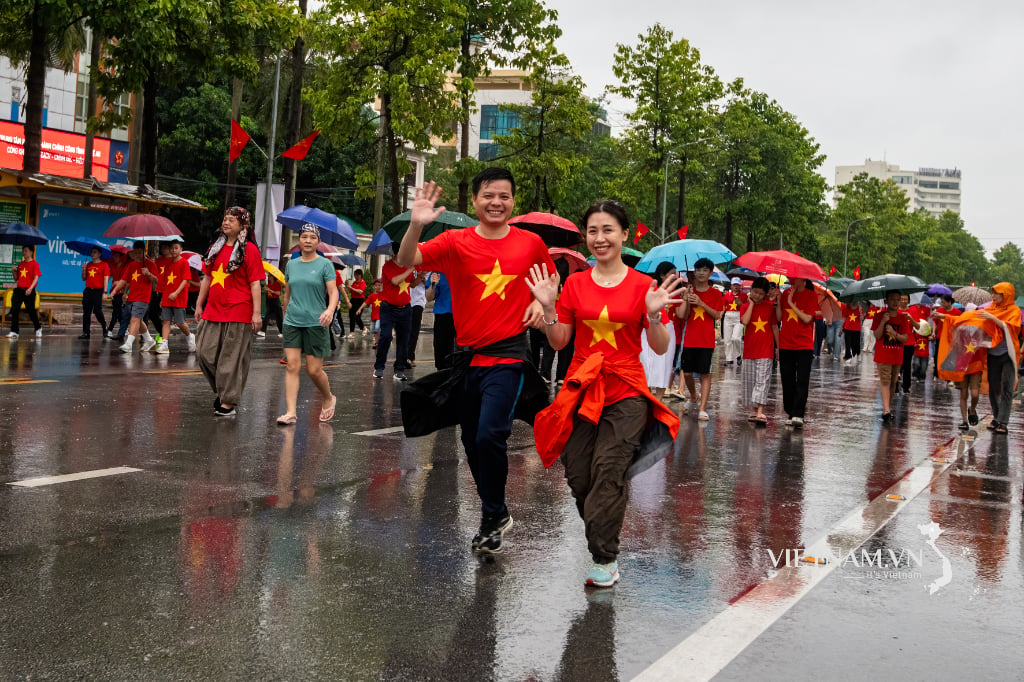
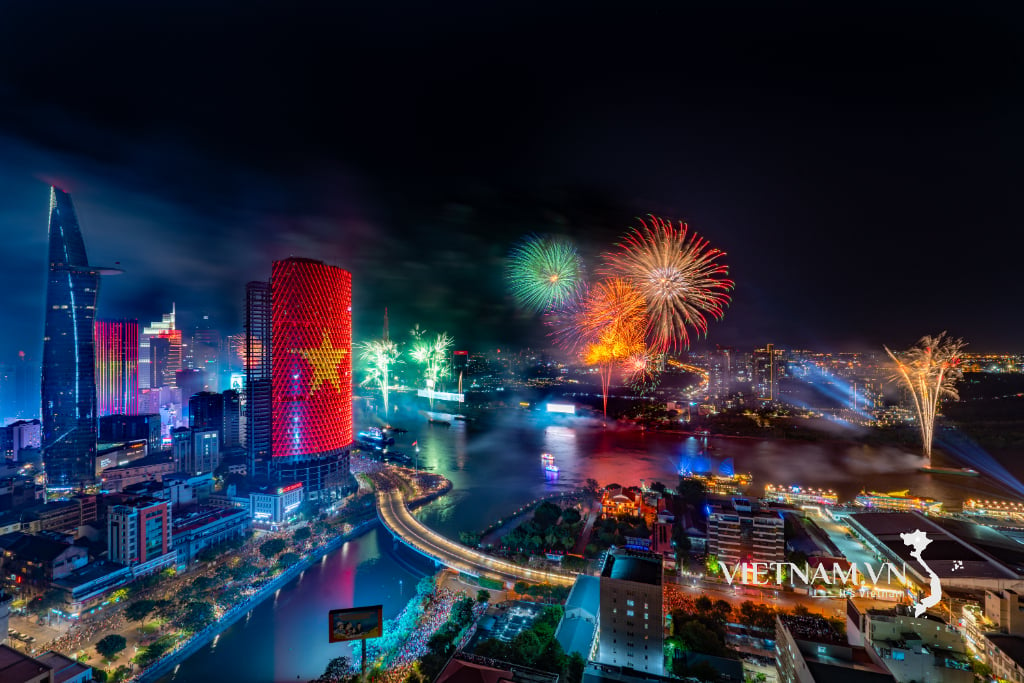
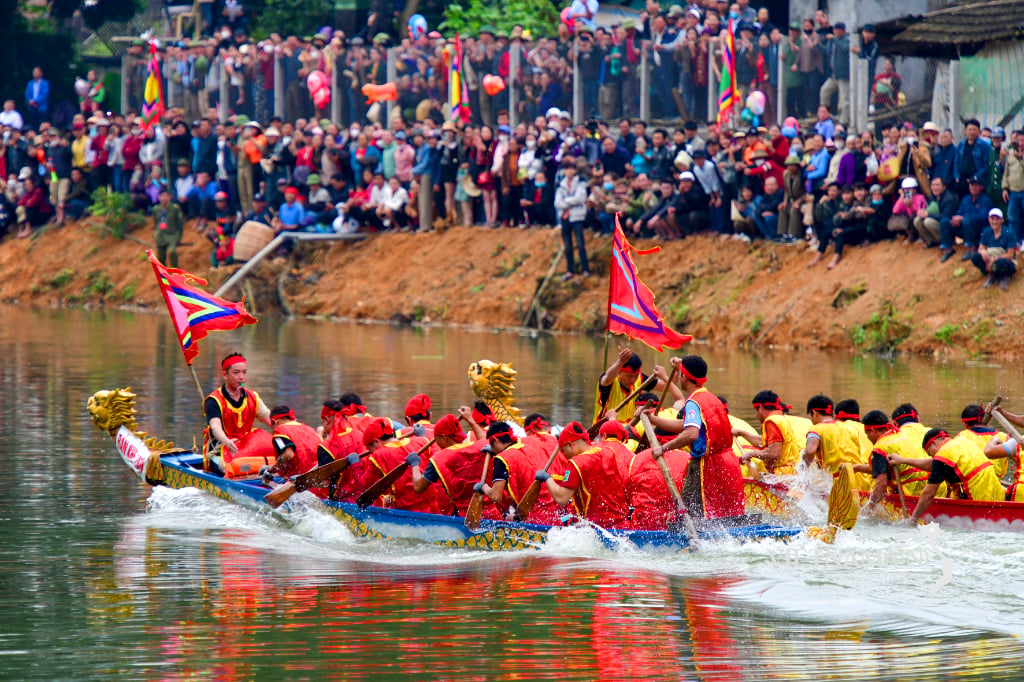
Comment (0)